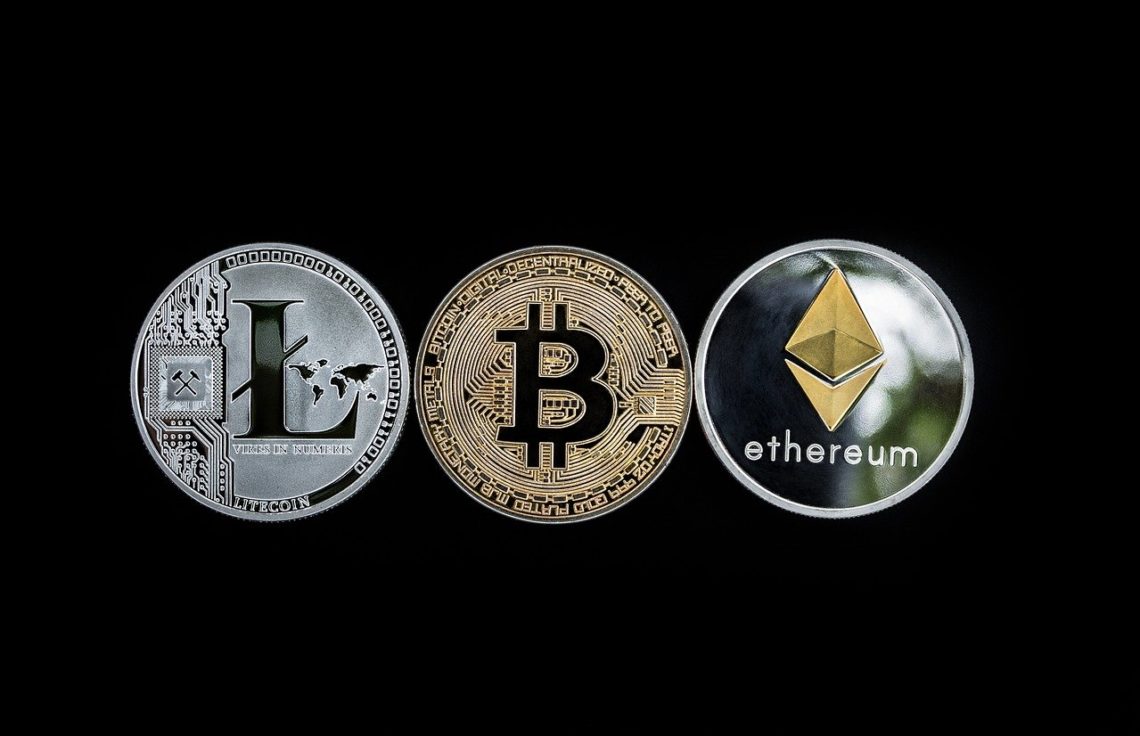- Experts believe central bank digital currencies (CBCDs) would be a new instrument, similar to the digital tokens now circulating in private networks.
- New cryptocurrencies and payment systems are raising pressure on central banks to develop their own digital versions.
- Stablecoins are gaining traction for both domestic and cross-border transactions in developing economies.
Feeling the heat of the surging cryptocurrency market, more than 85% of central banks are now investigating digital versions of their currencies. The Bahamas is the latest country to adopt a digital currency, called the Sand Dollar, of its own. It has joined a league of nations with the likes of China and Cambodia.
China, according to PwC, is leading the charge among major economies, pumping more than $300 million worth of digital renminbi into its economy. The European Central Bank, Bank of Japan, and Federal Reserve are investigating digital currencies. And there are talks that the Bank of England may eventually issue a Britcoin; Sweden is also lining up a e-krona and is set to be the first cashless nation by 2023.
CBDCs would compete with cryptocurrencies
Experts believe central bank digital currencies (CBCDs) would be a new instrument, similar to the digital tokens now circulating in private networks. Businesses and people shortly could transact in CBCDs through apps on a digital wallet.
As such, deposits in CBDCs would be a liability of a central bank and may bear interest, similar to deposits held at a commercial bank. It may also live on decentralized ledgers and could be programmed, tracked, and transferred globally more quickly than in existing systems.
Moreover, new cryptocurrencies and payment systems are raising pressure on central banks to develop their own digital versions. Analysts say the cryptocurrency market, overall, is gaining critical mass worth $2.2 trillion in total now, with half of that in Bitcoin.
Concerns over stablecoins
But central banks are particularly concerned about stablecoins, a non-governmental digital token pegged at a fixed exchange rate to a currency. Ronit Ghose, global head of banks research at Citigroup, said central banks are looking at stablecoins the way taxi unions look at Uber.
Stablecoins are gaining traction for both domestic and cross-border transactions in developing economies. Technology and financial companies are working towards integrating stablecoins into their social media and e-commerce platforms.
The largest stablecoin in circulation is Tether, with $51 billion in circulation versus $2.2 trillion for the dollar.
Steve Anderson is an Australian crypto enthusiast. He is a specialist in management and trading for over 5 years. Steve has worked as a crypto trader, he loves learning about decentralisation, understanding the true potential of the blockchain.


 Home
Home News
News








